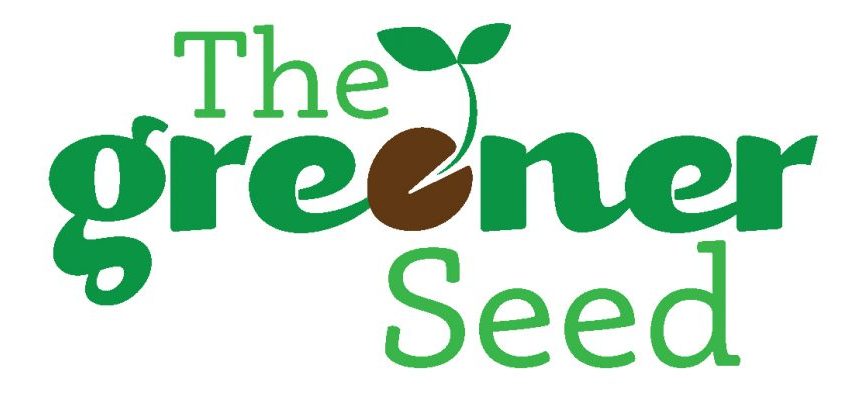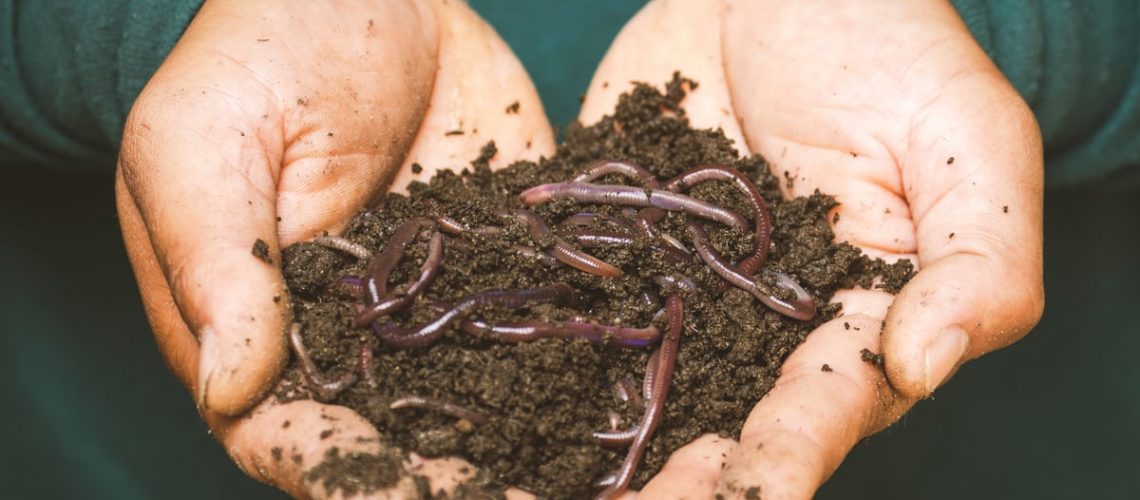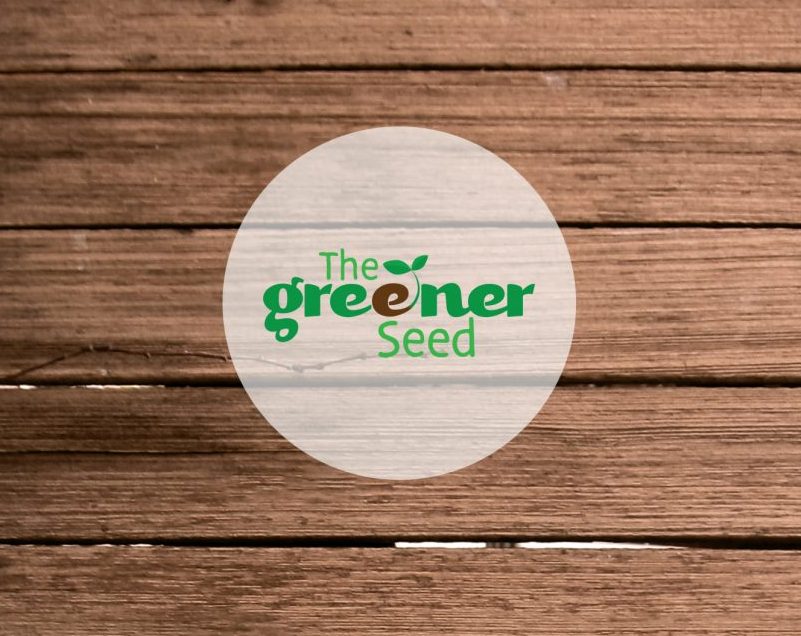Vermicomposting is simply composting with worms. For our family, it takes minimal effort to maintain and results in compost very quickly. We use red wigglers (Eisenia fetida) to eat our kitchen scraps and shredded cardboard delivery boxes. They live in a few bins in the garage where it is shaded, and the temperature stays relatively consistent here in southern California. If you have temperature extremes, you may consider keeping your bin indoors under your kitchen sink perhaps.
We use 3 bins filled with probably 10,000 worms each. We cook and eat at home daily and add to the compost often. However, you can start with a small bin. When choosing an appropriate size container in which to compost with worms, consider the amount of food scraps you wish to compost. Additionally, the location in which you keep your bin may require specific dimensions. The containers do not need to be deep; about 12 inches is an easy height to feed and harvest finished compost. No matter what size you choose, the worms will yield pounds of rich compost, also known as worm castings. The worms compost the kitchen scraps quickly and their movement inside the bin helps to aerate the organic material. When they digest and decompose the food, the finished compost is enhanced with nutrients and enzymes from their digestive tracts.
The average time it takes to complete the vermicomposting process depends on the conditions of your bin. It needs to be aerated but moist like a wrung-out sponge. Red worms (Eisenia fetida) do best in temperatures between 55-77 degrees Fahrenheit, but can survive from 40-80 degrees F. The more worms you have, the quicker the materials are consumed, however the population of worms will not outgrow the container. Specifically, it takes 1 pound of worms 24 hours to compost a half pound of waste. To ensure the success of your bin, do not overfeed. The most common mistake is dumping more than the worms can process all at once, and thereby creating a situation where the organic materials sit, the bin becomes too acidic, and the worms slow down.
The best type of earthworms for vermicomposting in captivity are red wigglers (Eisenia fetida) and redworms (Lumbricus rubellus). These two species make great worms for the compost bin because they prefer a compost environment to plain soil, and they are very easy to keep. In nature, they thrive in decomposing organic matter such as old manure piles, leaf piles and compost heaps. They are smaller than earthworms you might see in your yard, and are reddish brown in color.
If you are more experienced, you may want to experience with African Nightcrawlers (Eudrilus Eugeniae) in your bin. They have a large appetite, and can eat up to 150% of their body weight in 24 hours! In other words, one pound of African Nightcrawlers can eat one and a half pounds of waste in a day if they are in the correct environment. They produce worm castings 2-3 times faster than red wigglers, however they are more finicky to temperature fluctuations, especially in captivity. If they are not comfortable, they will try to escape the bin. They cannot tolerate cold conditions (below 60 degrees) well since they are tropical worms, and will begin to die if they are too cold. Despite the challenges, these worms may be fun for the kids. They are a greyish purple color and can grow to almost a foot long!


